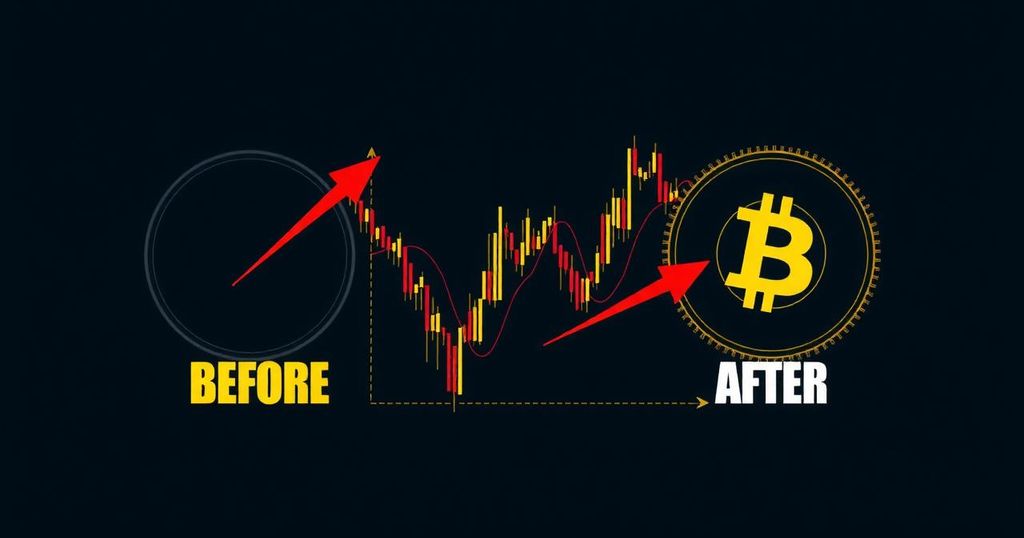Bitcoin Price Trends Surrounding U.S. Elections: A Historical Analysis
Recent analyses indicate a consistent pattern concerning Bitcoin’s price fluctuations before and after U.S. presidential elections. Historical data reveals that, on average, Bitcoin experiences a significant decline approximately two to three months prior to elections, followed by a noteworthy rally in the subsequent months.
According to analysts at Bitfinex, this trend has been observed in the last three U.S. presidential elections. “In previous cycles, including those of 2016 and 2020, Bitcoin exhibited substantial dips leading up to the elections, only to be followed by significant rallies post-election. This pattern was similarly noted during the 2012 election, establishing a recurring trend associated with the electoral season,” they reported to The Block.
For instance, two months preceding the 2020 U.S. election, Bitcoin’s price plummeted by approximately 16%—dropping from around $12,000 to about $10,000, according to Coingecko data. This decline was also mirrored in 2016, where Bitcoin saw a pronounced 30% reduction approximately three months before the election, with prices falling from $750 to a low of $500. Notably, in 2012, Bitcoin experienced a significant 75% decrease around 80 days before the election.
Analysts attribute these pre-election price movements to several factors, including seasonal volatility in financial markets, market uncertainty, and an increasing correlation with traditional stock markets. The analysts from Bitfinex stated, “The timing of U.S. presidential elections coincides with the end-of-year period, during which volatility typically escalates in financial markets. This seasonality impacts all markets, including Bitcoin.”
They further noted that elections introduce considerable uncertainty, which often leads to negative market reactions. As observed during the 2020 elections, Bitcoin’s price was notably volatile due to uncertainties regarding future economic policies and the prevailing COVID-19 pandemic. Additionally, Bitcoin has displayed increasing correlation with traditional markets such as the S&P 500 and Nasdaq, often mirroring their volatility. However, this trend is not currently reflected, as the S&P 500 approaches historical highs ahead of the 2024 elections.
Considering Bitcoin’s historical performance post-elections, past data indicates a typical surge in price following elections. Specifically, after the 2016 election, Bitcoin’s value increased significantly as market confidence revived. Similarly, following the 2020 election, Bitcoin surged approximately 320% in the 160 days thereafter. The 2016 election also saw Bitcoin appreciate by over 2,000% in the following 400 days, which included a remarkable 300% rise within 200 days, as per Coingecko data.
At present, Bitcoin’s price stands at approximately $59,778, reflecting a decline of over 4% in the past 24 hours, with a dominance of 53.7% in the market, compared to 13.8% for Ether, according to CoinGecko data. Such historical data underscores the volatility and cyclical nature of Bitcoin relative to the political landscape, serving as a critical focus for investors as the next election approaches.
It is essential to acknowledge that while historical trends can provide insights, the performance of cryptocurrencies can be inherently unpredictable, and investors must exercise due diligence.
© 2024 The Block. All Rights Reserved. This article serves for informational purposes only and should not be construed as legal, tax, investment, or financial advice.








Post Comment